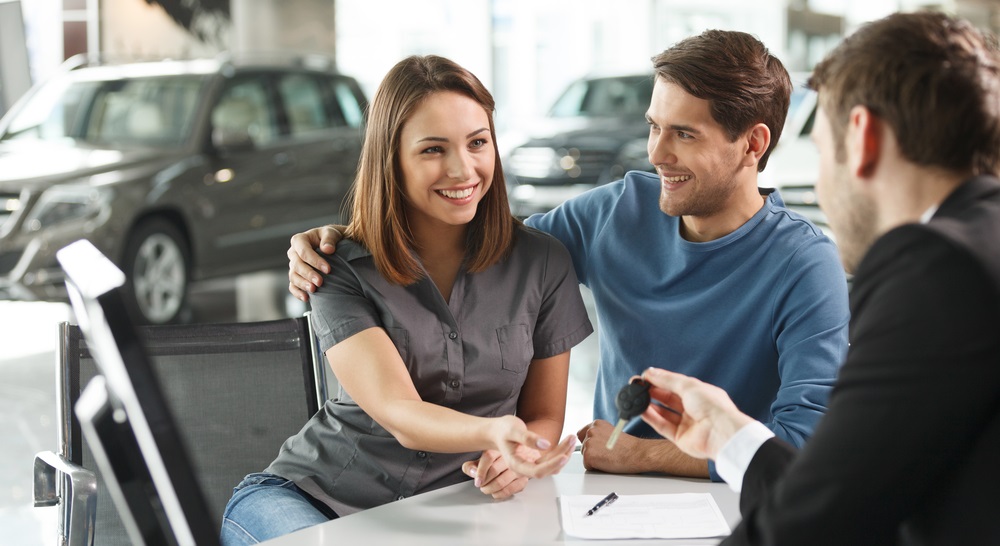Buying vs LeasingBUYING vs. LEASING
|
Who Owns It You do not own the car when you lease. You're paying for the use of the vehicle, but the finance institution that you leased it through actually owns it. This is usually why you pay less per month in a lease than if you were to buy the car. |
|
|
|
Up-front Costs If you're financing it, the bank will probably request a down payment. You can also trade-in another vehicle and use any equity towards your down payment. The amount of the down payment is usually based on the lender's requirements and your credit score. |
|
|
|
Up-front Costs Leases often do not require any type of a down payment. All you usually have to pay is the first month's payment, a security deposit, the acquisition fee and other fees and taxes. But, as with a purchase, if you want to lower your monthly payments you can always pay more upfront. |
|
|
|
Future Value Your vehicle will be worth whatever you can sell it for in the future and that depends on how well you maintain it. (Be smart and protect your investment with regular scheduled maintenance by a factory-authorized facility!) |
|
|
|
Future Value In most leases you don't end up owning it so you don't end up selling it. That's the financial institution's job. Although you may have mileage limits and wear and tear guidelines that, if you exceed them, could cost you extra money when you turn your vehicle back in. |
|
|
|
End of Payments Once you've paid off what you owe on your contract, that's it. Your vehicle is 100% yours. The lending institution will send you a Lien Release as proof that the vehicle is completely paid off and all yours. |
|
|
|
End of Payments Most people return the vehicle at the end of the lease term. But some like to purchase it during their lease or at the end. Others like to trade it in before their lease is over. Just ask us about these different options before signing any paperwork and we'll make sure you have your lease set up the way you want it. |
|
|
|



